7 vegetables to plant in October – and professional advice for growing them successfully
Discover how to get earlier harvests in spring by sowing vegetables this month

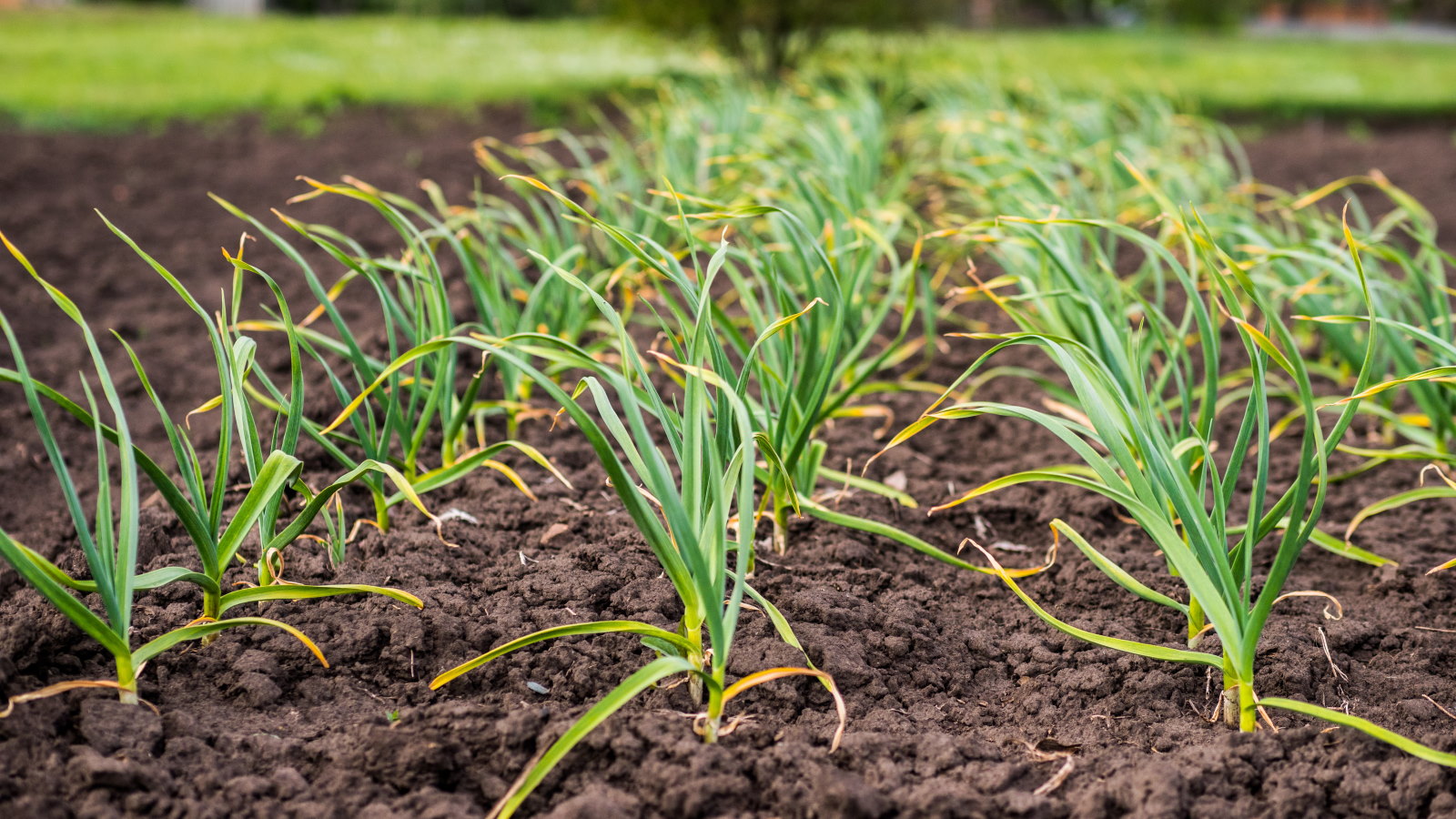
October naturally feels like the end of a growing season. As the leaves fall from the trees and the temperatures drop many growers start putting their plots to bed for the year. However, it shouldn’t be seen as all over as October can still a productive time in a vegetable garden. There are lots of crops to harvest in October and a good selection of vegetables to plant.
Hardy vegetable crops can be sown into the warm and moist fall soils, still with enough time in many climates to get off to a strong start before the winter frosts arrive. These vegetables will start growing again when the temperatures rise again to give you earlier spring harvests.
It may seem challenging, but there are lots you can plant and sow in October in a vegetable garden. Our guide looks at some of the best vegetables to plant in October. I worked as a professional kitchen gardener for many years and these are all crops I have personally sown and grown. Whether you grow in a large kitchen garden or a small vegetable garden - there are bound to be crops you can sow this month.
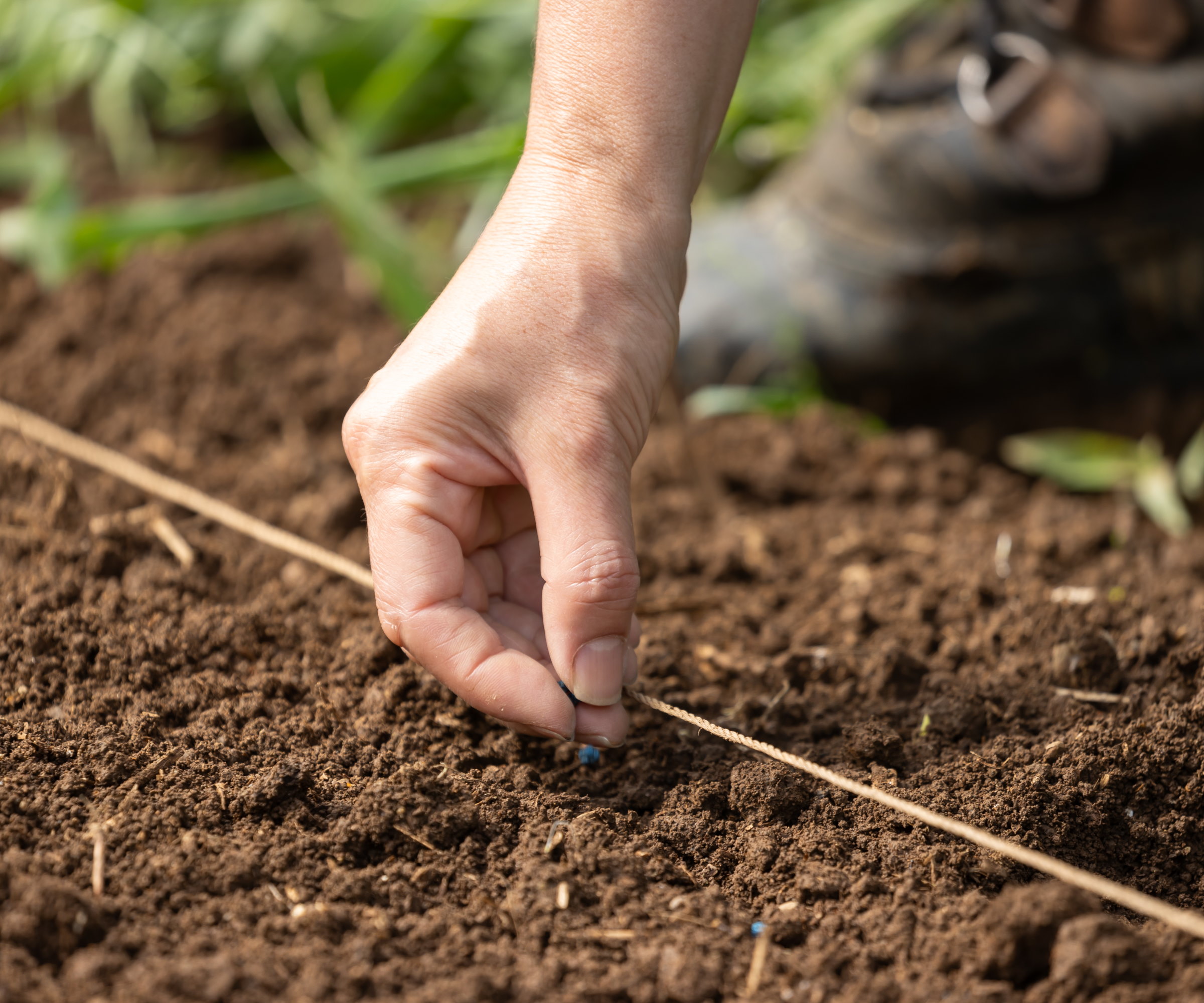
Where to plant vegetables in October
There are brassicas, legumes, alliums, and more that can be planted in October. When planning a kitchen garden and thinking about where to sow this month, remember to rotate different plant families around as part of a crop rotation plan. This simple tactic helps to keep the soil healthy and reduce the risk of soil-borne diseases.
Most crops can be sown directly into the soil this month, but there is scope for sowing some indoors and planting outside at a later date. So let's look at 7 vegetables to plant this month along with some tips for where and how to plant them.
1. Onions
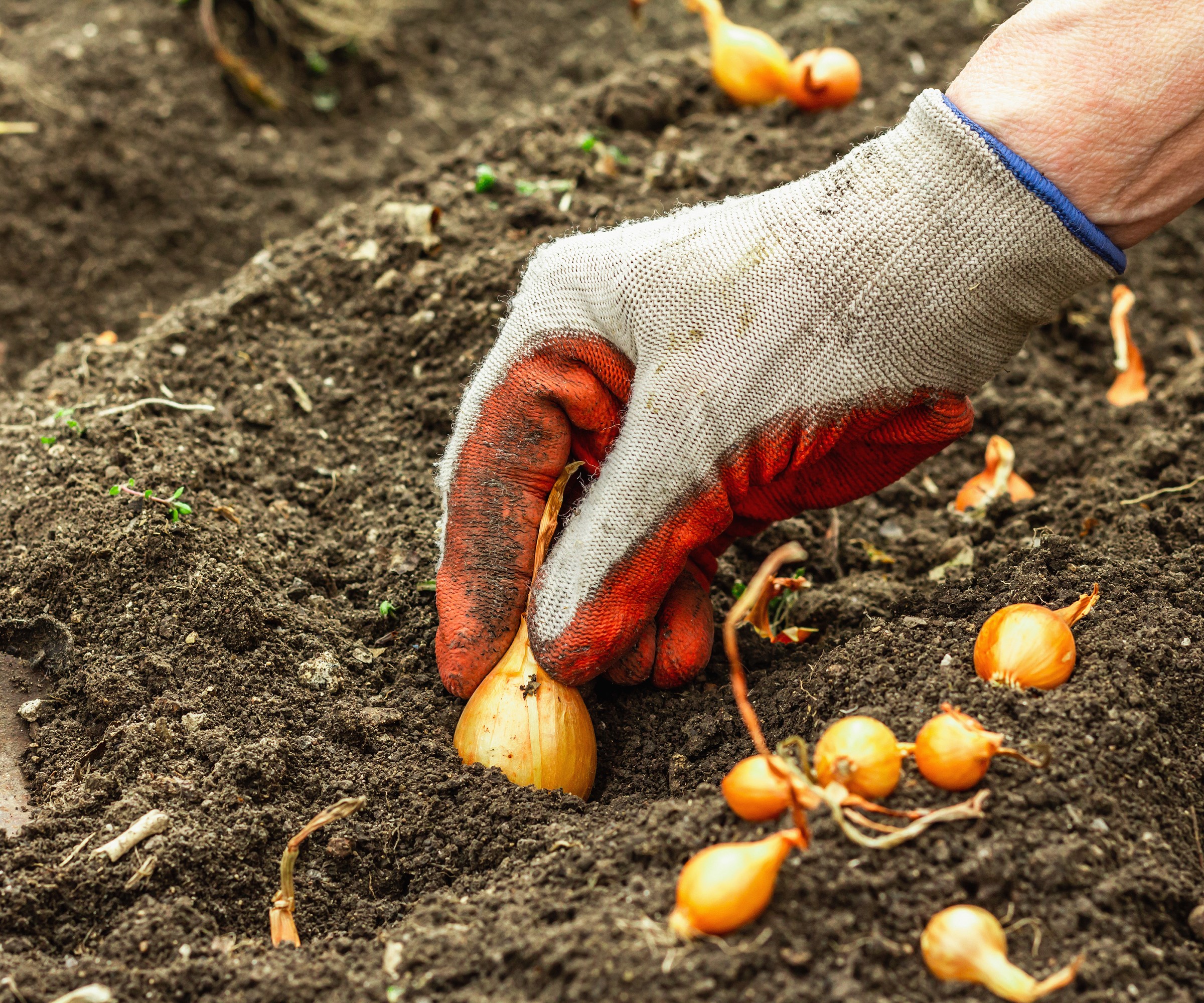
October is an ideal time to plant many types of onions. Overwintering varieties of onions can be planted in the fall to give an earlier harvest of onions than ones planted in the spring, around 4-6 weeks sooner. The soil in fall is warm enough to plant onions and let them get a good start and put out roots before winter arrives. They will hibernate over winter and then be ready to grow quickly once the weather warms in spring.
You can grow onions from seeds or sets, and there are pros and cons of both methods. Using sets, which are essentially small bulbs, is the easiest way to grow onions and types planted in fall will be ready to harvest come early summer next year. If your soil type is heavy, or the ground gets waterlogged, then it is best to hold off and plant sets in spring as rotting could be an issue.
Design expertise in your inbox – from inspiring decorating ideas and beautiful celebrity homes to practical gardening advice and shopping round-ups.
See the range of onion seeds and sets available at Burpee
2. Peas
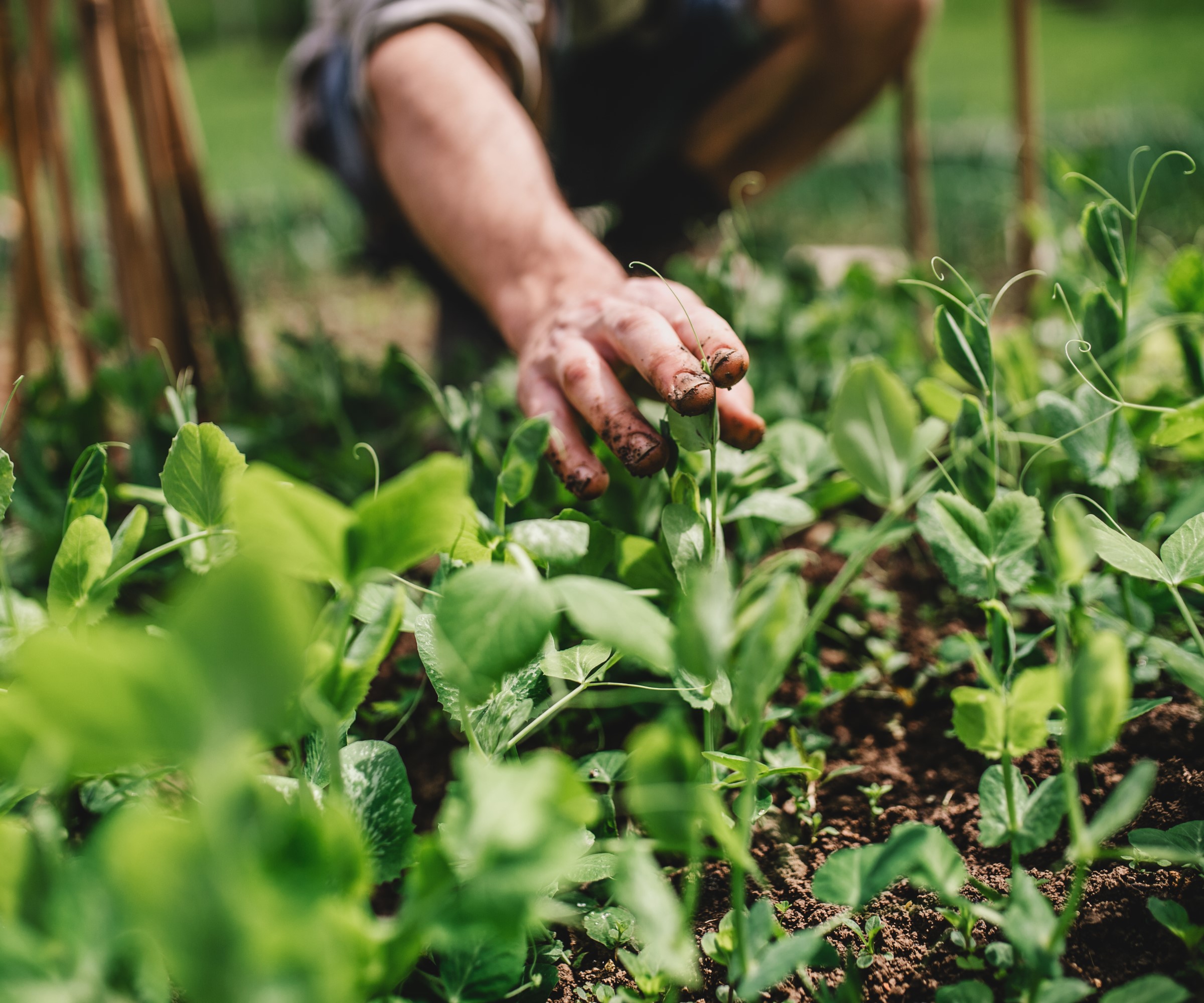
Peas are a great option for a vegetable to plant in fall to provide fresh, early crops in spring. The tricks to success with sowing peas in October is to use the right varieties and sow into the correct soil type.
Stick to hardy cultivars of peas and round-seeded types, the round peas are better suited to a fall sowing as wrinkled types can hold water and rot - they are better for spring sowings. As for soil, sow seeds directly outdoors into well-draining soil, if you have heavier soil that sits very wet over winter it is not recommended to sow in fall.
Mice can be a pest and eat the pea seeds as they seek out food sources in the fall, so deter them by creating barriers, using strong smells such as peppermint oil or chili oil, or sow seeds indoors and transplant the seedlings outside a few weeks later.
3. Asparagus
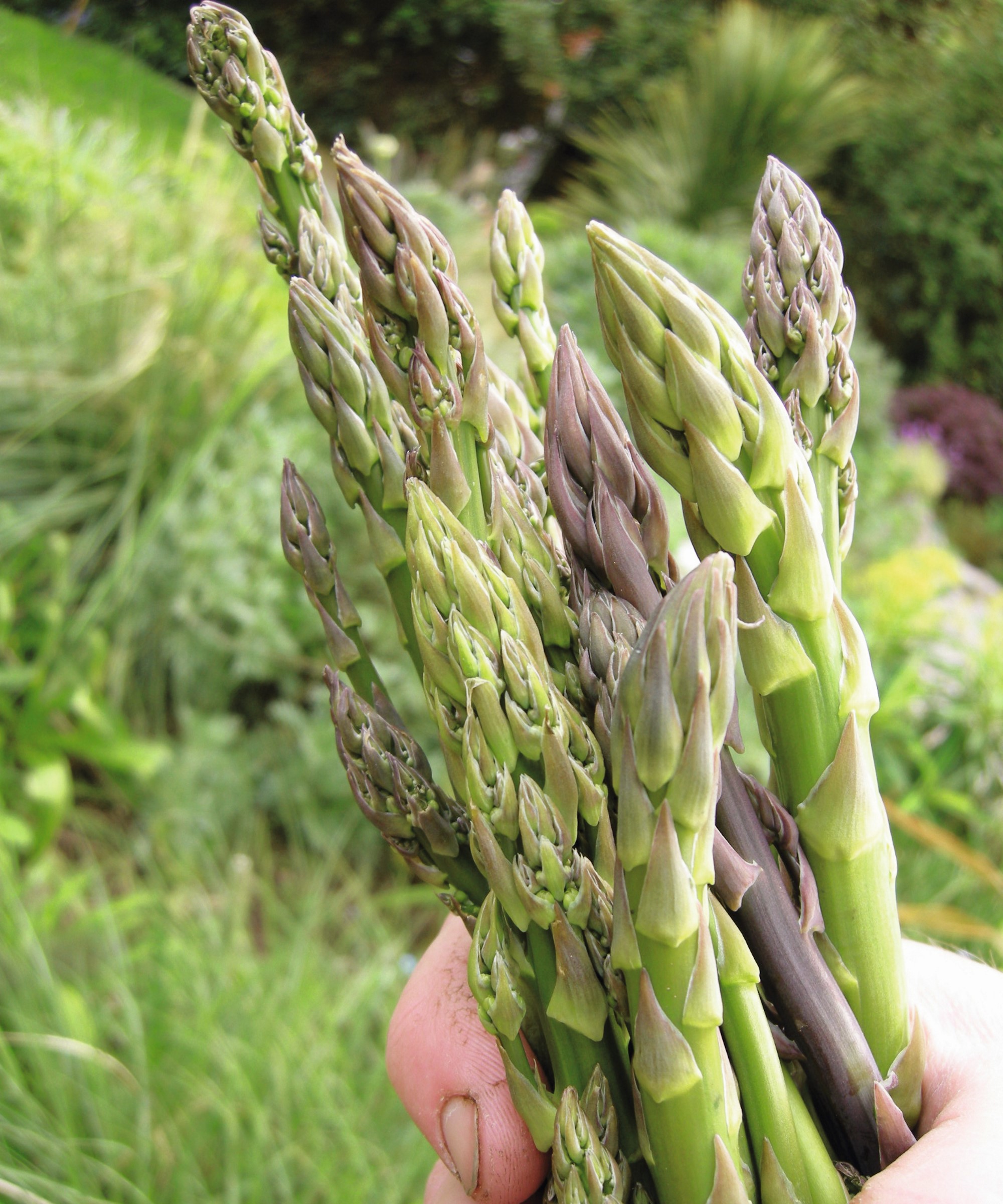
A lot of gardeners plant asparagus in spring, however, there are benefits to planting asparagus crowns in the fall.
Asparagus is a fantastic perennial vegetable and the simplest way to grow asparagus is to plant bare-root one-year-old asparagus crowns in the garden. These dormant plants give you a faster harvest of asparagus - two years from planting, rather than three when you grow asparagus from seed.
The advantage of planting asparagus in fall is that the soil is warm and the crown can start establishing a good root network before winter sets in. Dig a trench to plant asparagus crowns and add organic matter, such as compost or well-rotted manure, as the crop loves fertile soil.
4. Fava Beans
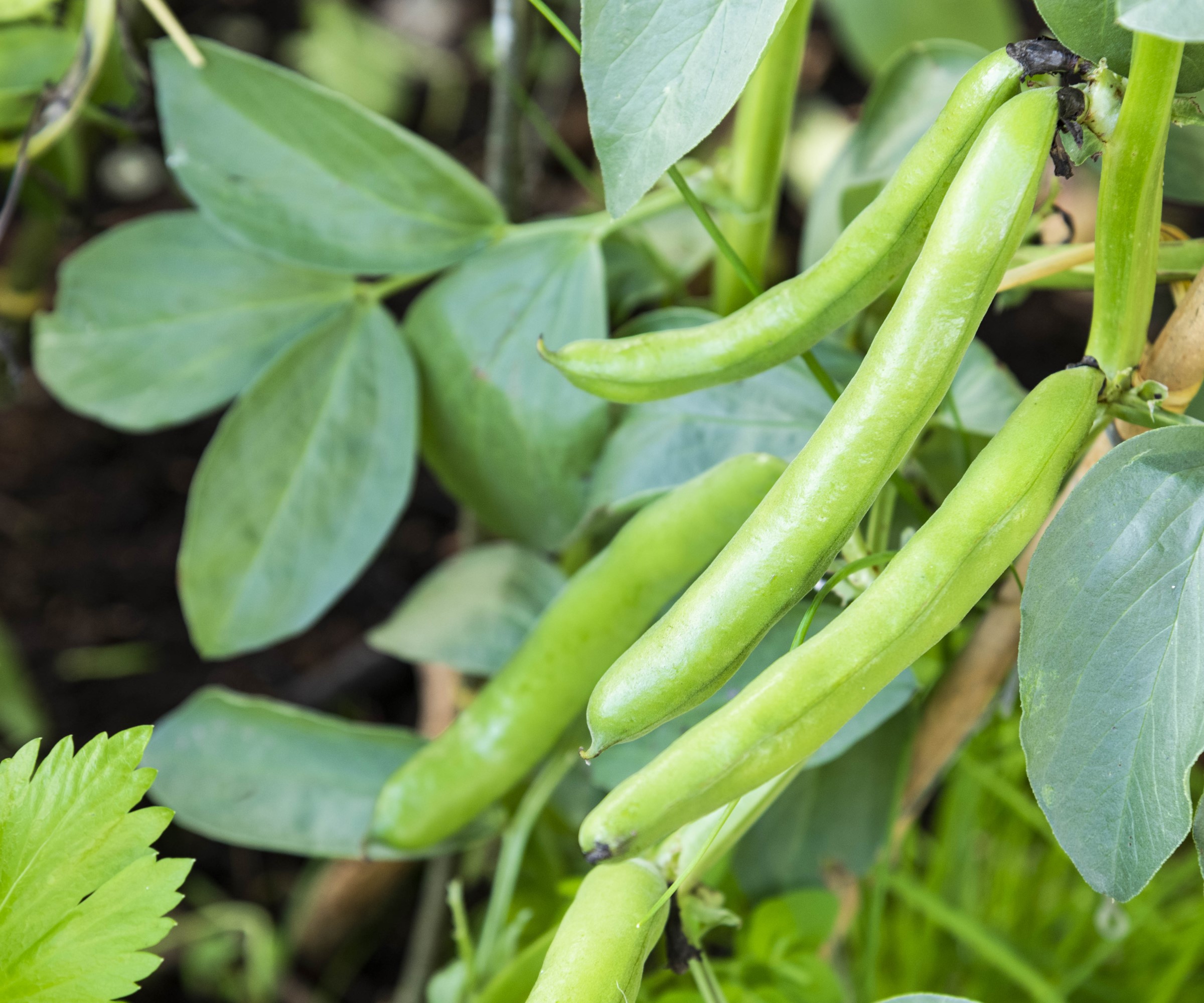
Planting fava beans in October means an earlier harvest of fava beans come spring. Sowing seeds directly in fall, as with other crops on this list, is best suited to milder climates and lighter soil types - as fava bean seeds can rot in very wet and cold ground.
Hardy varieties of fava beans are suited to fall sowings. They germinate at low temperatures, can cope with winter colds down to 14˚F, and they will mature quickly to provide an earlier crop of earthy and sweet beans.
A highly recommended variety of fava bean to grow from a fall planting is Fava Bean ‘Aquadulce’, available at True Leaf Market. There are also dwarf varieties available if you want to grow fava beans in containers.
5. Cauliflower
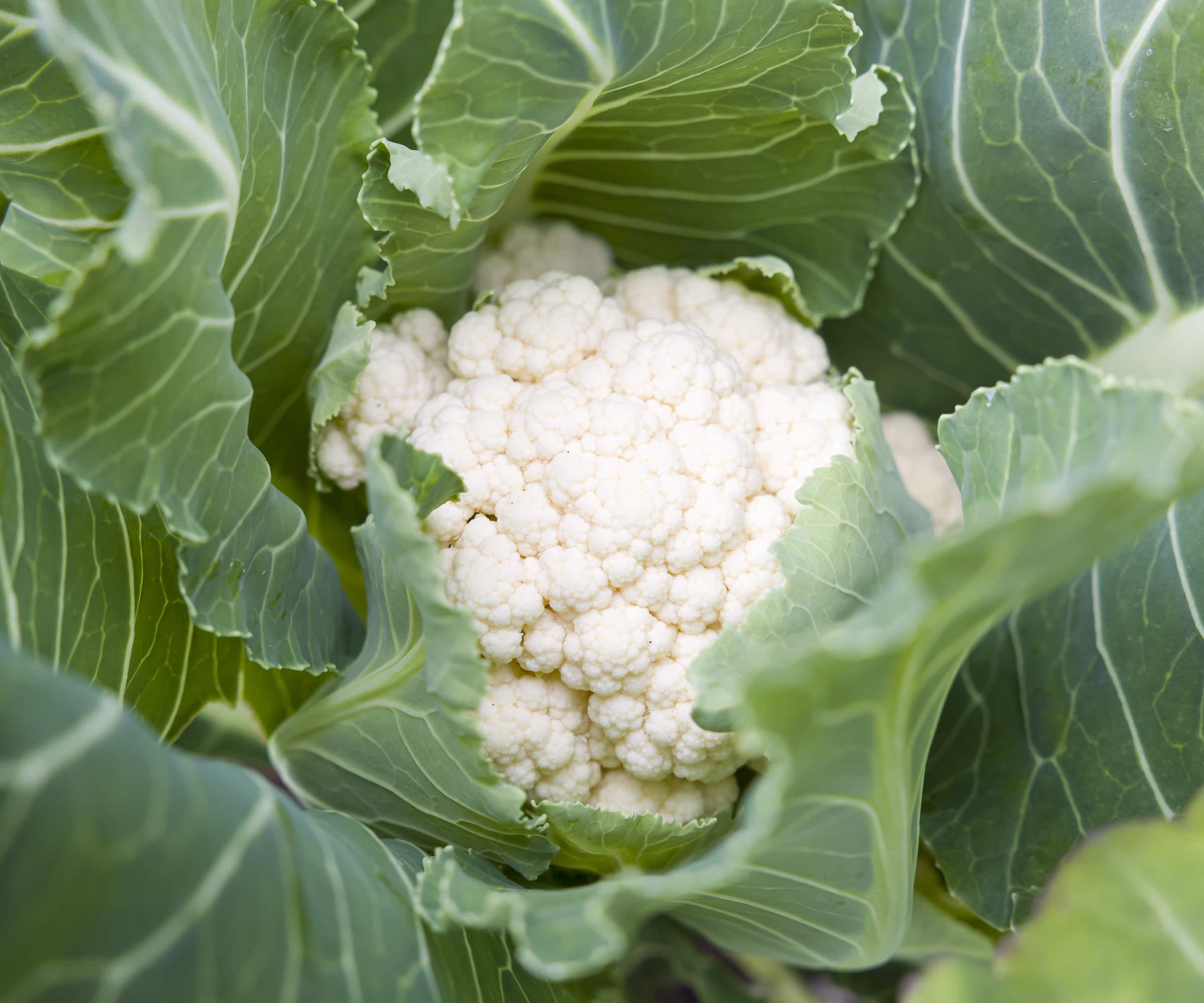
Cauliflowers are not the easiest vegetables to grow, however, it is immensely satisfying when you harvest a tightly packed head of cauliflower from the vegetable garden.
A sowing of early-summer cauliflowers can be done in October. Sow the seeds into large modules or individual pots filled with a potting soil for starting seeds in, such as this organic seed starter potting mix on Walmart. Grow the cauliflower over winter in an unheated greenhouse or cold frame and plant it outdoors into their final position in spring.
Sowing an early-summer cauliflower this month, such as the Cauliflower ‘Snowball’ variety available at True Leaf Market, can reward you with a cauliflower harvest around June.
6. Garlic
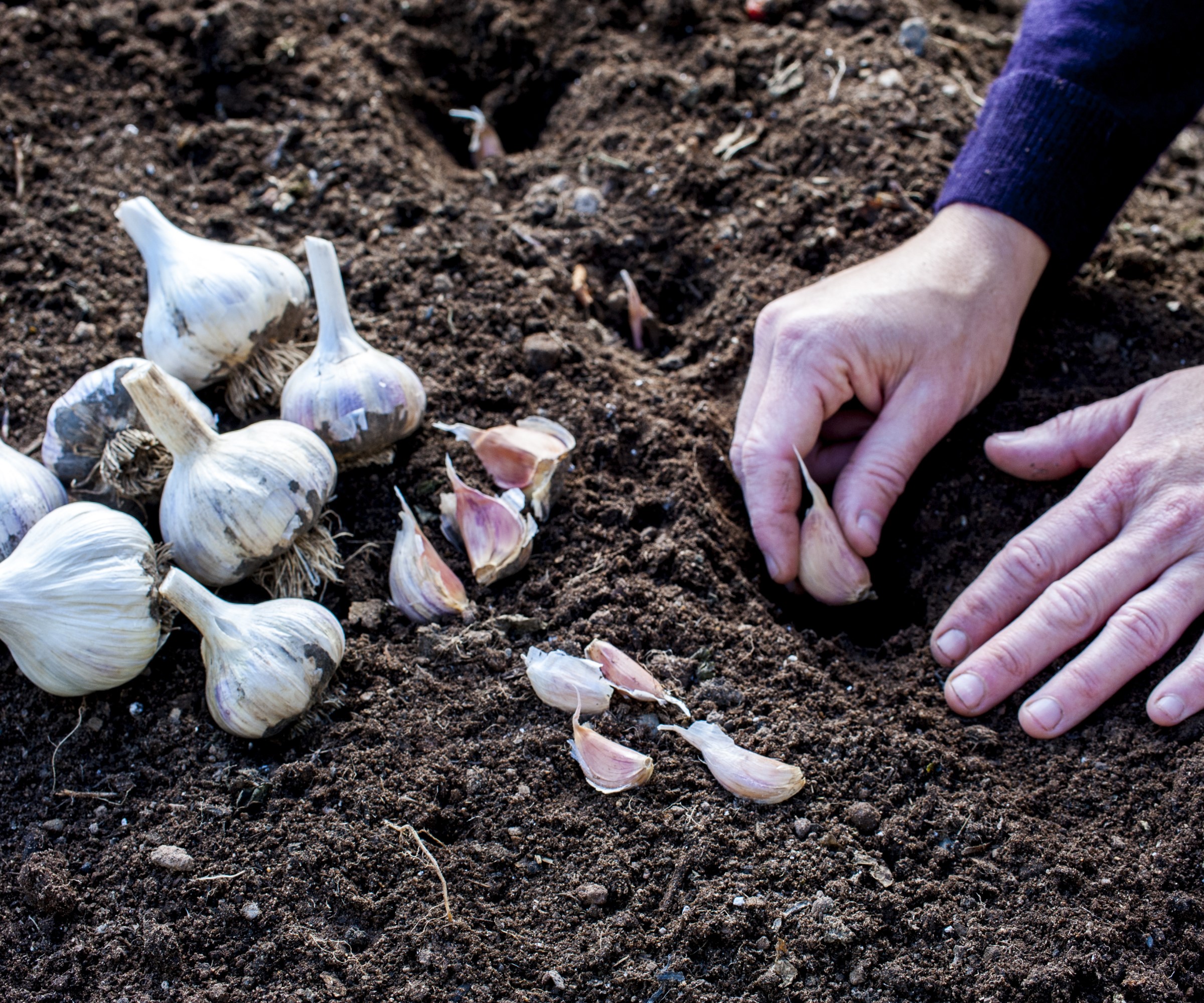
October is the ideal time to plant garlic in the kitchen garden. Garlic comes in hardneck and softneck varieties and many bulbs want a period of cold, around 30-60 days of temperatures at 32-50°F. That makes late fall or early winter an ideal time to get the bulbs in the ground if you want to grow garlic. If you want to grow elephant garlic, then October is also a good time to plant it.
Garlic tends to be grown in the ground in vegetable gardens, but you can also grow garlic in pots successfully. Cloves should be separated from a garlic bulb and pushed into the ground, covered by at least an inch of soil. While there is a good range of garlic bulbs to plant, you should not grow garlic from grocery store garlic - as these bulbs are often treated with chemicals to stop them sprouting and could bring diseases into the garden.
See the range of garlic bulbs available at Nature Hills
7. Corn salad
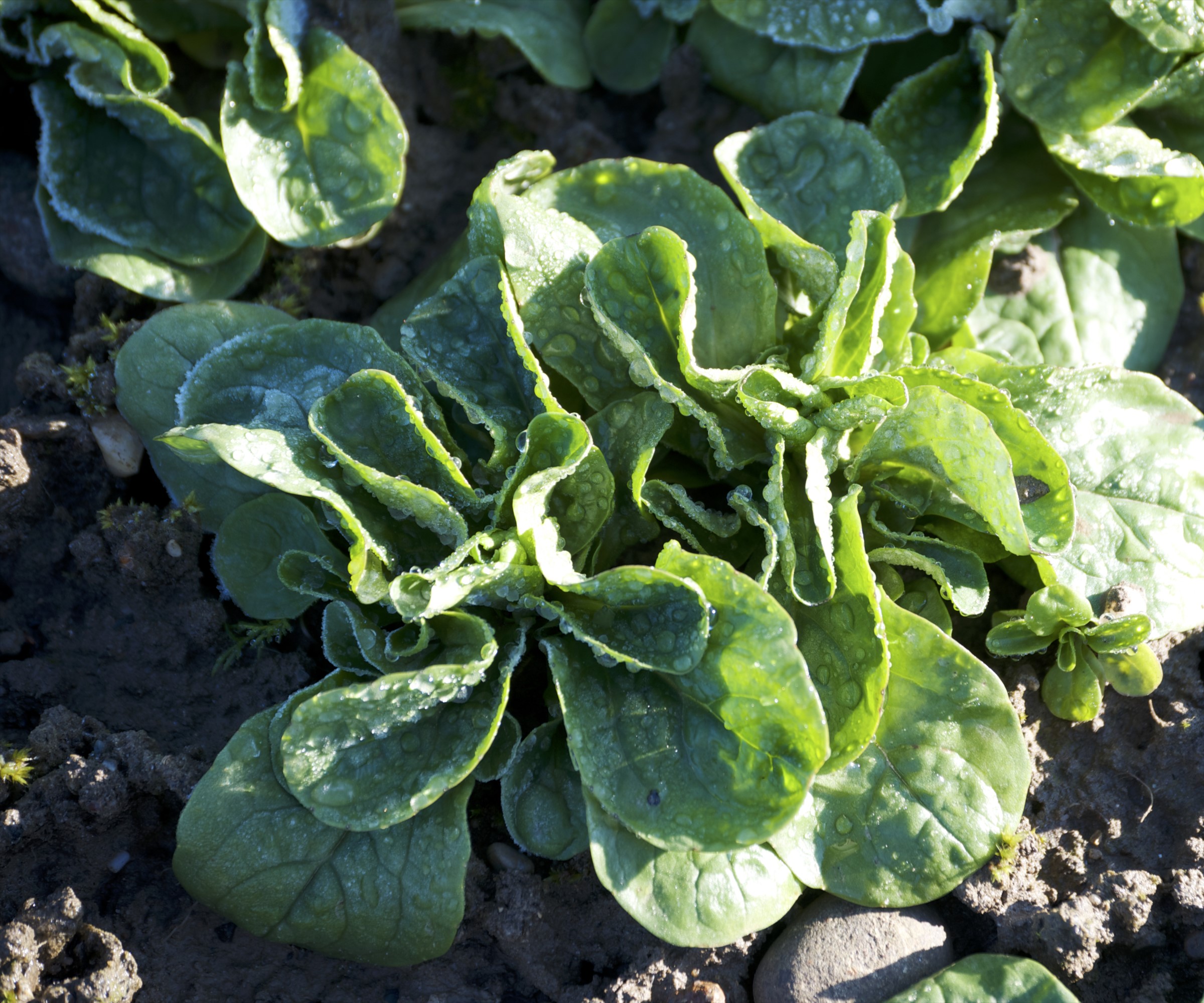
Corn salad, also commonly known as lamb’s lettuce or mache, is a very hardy salad leaf that can be harvested throughout winter to add to salads. It is a little-known vegetable that is an ideal cool season crop if you want vegetables to grow in a greenhouse in fall - while it can also successfully thrive outdoors to crop during the colder months as corn salad can survive very low temperatures.
The seeds can germinate in temperatures as low as 50°F so are perfect to sow in fall. It has a mild flavor and corn salad can either be harvested as individual leaves, or the entire head can be cut with a sharp pair of pruning shears, or knife, to regrow. You can buy Dutch Broad Leaved Corn Salad Seeds from True Leaf Market.
FAQs
Can I sow spinach in October?
Spinach is a fast-growing vegetable that can be planted in spring and fall. The ideal time for a fall spinach sowing is to plant the vegetable in September to harvest the crop throughout the colder season. To grow spinach, the seeds need a soil temperature of at least 50-60°F to germinate. It may be possible to sow spinach in October in warmer climates, especially if you warm the soil and keep the seeds protected by cloches or horticultural fleece, available at Amazon.
October is also an ideal month to plant fruit trees and soft fruit bushes in a backyard kitchen garden. If you aspire to grow apple or pear trees or add some soft fruit such as blueberries or gooseberries, bare-root plants are available in fall and can be planted from October onwards when they are dormant.

Drew has worked as a writer since 2008 and was also a professional gardener for many years. As a trained horticulturist, he worked in prestigious historic gardens, including Hanbury Hall and the world-famous Hidcote Manor Garden. He also spent time as a specialist kitchen gardener at Soho Farmhouse and Netherby Hall, where he grew vegetables, fruit, herbs, and cut flowers for restaurants. Drew has written for numerous print and online publications and is an allotment holder and garden blogger. He is shortlisted for the Digital Gardening Writer of the Year at the 2025 Garden Media Guild Awards.